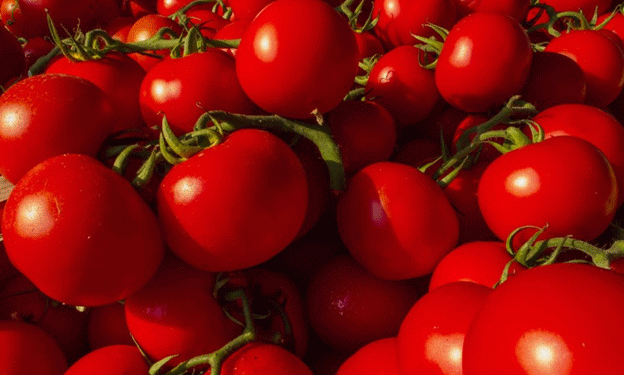Russia’s greenhouse vegetable production is poised to achieve a new milestone in 2024, with estimates predicting an output of 1.68 to 1.69 million tons, surpassing last year’s record of 1.64 million tons. This growth reflects the increasing importance of greenhouse farming in the country, where it plays a critical role in food security and meeting domestic demand for fresh produce. According to Technologies of Growth, a consulting company in the agricultural sector, the organized sector (large and medium-sized agricultural organizations with high-tech greenhouses) is responsible for about 80-85% of this production. These operations rely heavily on advanced technologies like artificial lighting and microclimate management systems, which allow for year-round cultivation of vegetables.
However, despite this impressive growth, the greenhouse vegetable industry faces significant challenges in 2024. Rising operational costs are putting pressure on producers, particularly due to an increase in electricity tariffs. In large commercial greenhouses, electricity costs can constitute more than 50% of the total production costs during winter. While some subsidies are available to offset electricity costs, not all companies qualify due to strict limitations on who can receive these funds.
Labor costs have also surged, with salaries for workers at greenhouse farms increasing by 25-30% in the past year. For key specialists such as engineers, agronomists, and technologists, salary hikes have been even more substantial. These professionals are indispensable to the production process, so companies offer additional benefits like housing and transportation allowances to attract and retain skilled workers. Labor costs now rank as the second-largest expense for greenhouse operators, following energy costs.
Another challenge the industry faces is the reliance on imported equipment and seeds. While Russia has one major seed producer, Gavrish, which supplies seeds for greenhouse vegetables, the country still depends on foreign suppliers to meet the full demand of the sector. Efforts are underway to build domestic seed production capabilities, but this transition will take time, leaving the industry vulnerable to fluctuations in international supply chains.
Additionally, the high cost of electricity and water, combined with the intensive nature of greenhouse production, means that prices for greenhouse vegetables tend to rise significantly during the winter months. According to the latest data from Rosstat, cucumbers and tomatoes saw price increases of 3.8% and 3.2%, respectively, in October 2024. As winter prices can be 100-150% higher than in the summer, these seasonal price hikes are seen as standard within the industry, given the additional costs incurred by producers during colder months.
Despite these challenges, greenhouse vegetable production in Russia is expected to continue growing, thanks to technological innovations and ongoing investments in the sector. The demand for fresh, high-quality produce, especially in the European part of Russia, is strong, and the greenhouse industry plays a crucial role in meeting this demand year-round.
While Russia’s greenhouse vegetable industry is on track to set a new record for production in 2024, it faces significant challenges from rising operational costs, particularly in energy and labor. The sector’s reliance on imported technology and seeds also highlights the ongoing need for investment in domestic production capabilities. Nonetheless, the industry’s growth potential remains high, driven by technological advancements that enable year-round production and meet increasing consumer demand for fresh produce.










